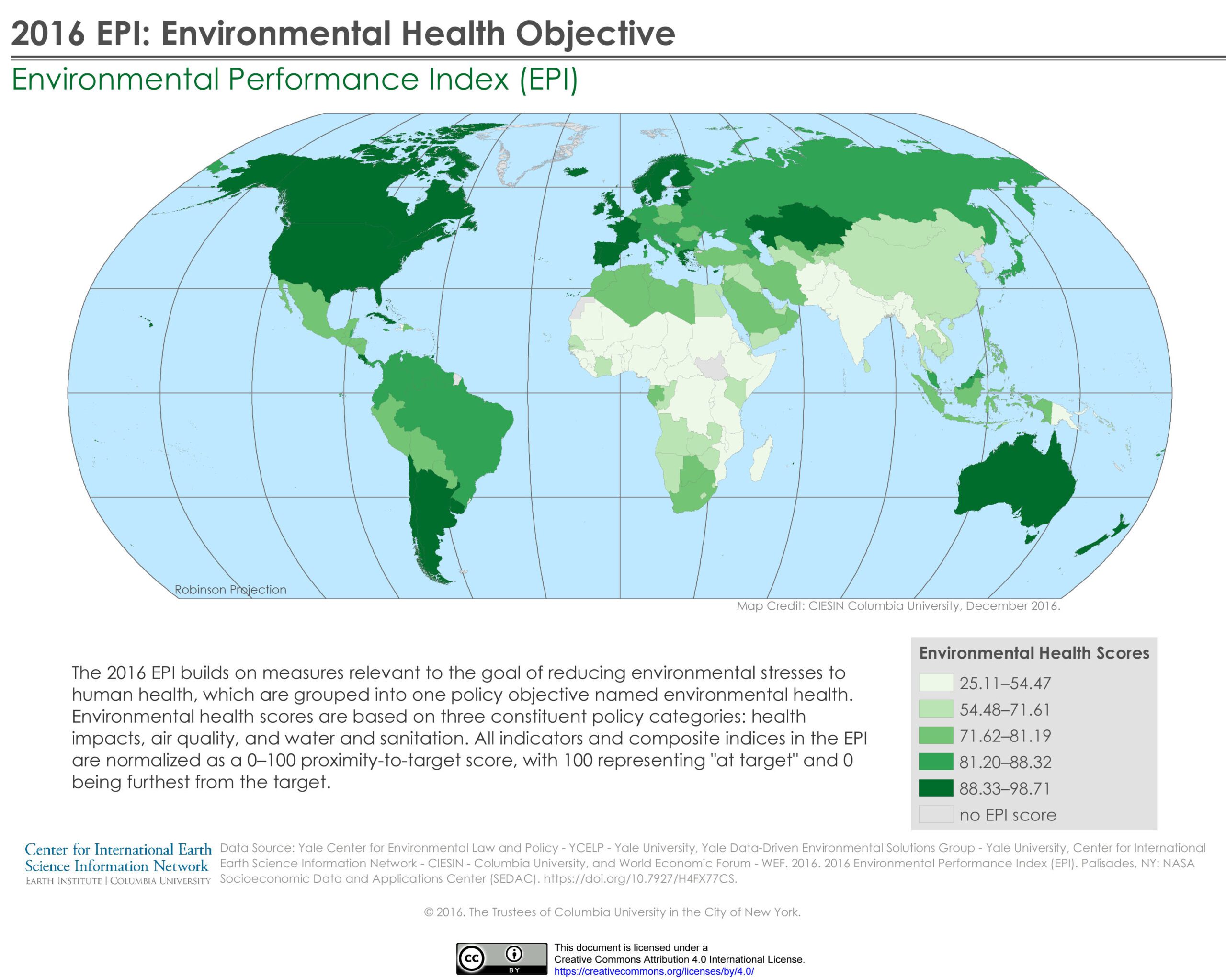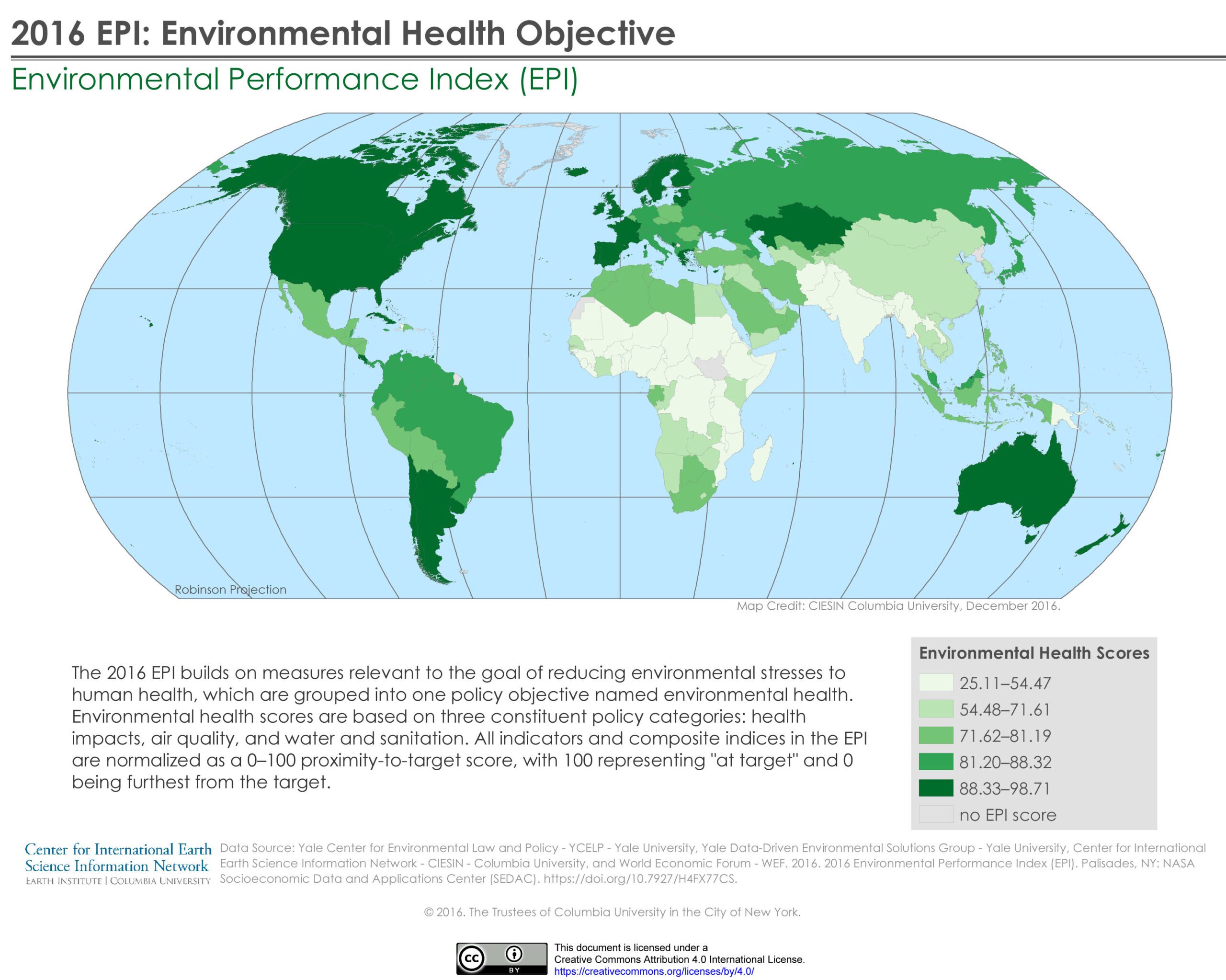In the midst of organizational shifts and uncertainties, company culture can often be left hanging by a thread. As the dust of redundancies settles, it becomes pivotal for businesses to realign their values and fortify their corporate culture. While redundancy may insinuate a sense of loss and detachment, it also creates an opportune moment to reevaluate and strengthen the very fibers that hold a company together. In this article, we delve into the art of aligning values and explore how businesses can nurture an unwavering corporate culture, even in the face of adversity. Embark on this journey with us as we unveil the transformative power that lies in cultivating a united sense of purpose within a post-redundancy framework.
1. Rebuilding Trust: Nurturing a Resilient Corporate Culture in the Wake of Redundancies
After the challenging period of redundancies, it is crucial for organizations to focus on rebuilding trust and nurturing a resilient corporate culture. By implementing thoughtful strategies and fostering open communication, companies can navigate the aftermath with integrity and instill a renewed sense of purpose among employees.
1. Communication: Transparent and open communication channels are vital for rebuilding trust within a company. Regular town hall meetings, one-on-one sessions with managers, and anonymous feedback platforms can help employees feel heard and valued.
2. Empathy and Support: Understanding the emotional toll that redundancies can have on individuals is essential for creating a resilient corporate culture. Offering counseling, mentorship programs, or access to employee assistance programs can provide a support system that aids in the healing and revitalization process.
3. Team-Building Activities: Engaging employees in team-building exercises, such as workshops or social events, can help rebuild trust and foster stronger connections among colleagues. These activities create opportunities for rebuilding relationships, reinforcing teamwork, and emphasizing the collective strengths of the organization.
4. Recognition and Rewards: Recognizing the efforts and contributions of employees is crucial for boosting morale and rebuilding trust. Implementing a reward and recognition program that celebrates individual and team achievements can foster a sense of appreciation and motivate employees to strive for excellence.
2. Overcoming Uncertainty: Fostering Unity and Shared Values in Times of Transition
In times of transition, uncertainty can cast its shadow, creating a sense of disconnect and division within communities. However, unity and shared values have the power to overcome these challenges and bring people together, even in the face of uncertainty.
First and foremost, fostering unity requires open and honest communication. By encouraging dialogue and actively listening to different perspectives, we can find common ground and build bridges between individuals. This could involve organizing community forums or creating online platforms where people can engage in meaningful conversations. By understanding and respecting diverse viewpoints, we can strengthen the bonds that hold us together.
- Emphasize shared values: Identifying and emphasizing shared values can help foster a sense of unity. By focusing on what unites us rather than what divides us, we can create a stronger sense of community. These shared values can range from principles like empathy, compassion, and respect for others, to goals such as environmental sustainability or social justice.
- Encourage collaboration: In times of uncertainty, collaboration is essential. By working together towards a common goal, we can pool our resources, talents, and ideas to find innovative solutions. Collaboration can take many forms, such as community projects, volunteer initiatives, or partnerships between different organizations. Through collaboration, we can build a sense of solidarity and overcome the challenges that a transition brings.
3. Reinforcing Purpose: Redefining Corporate Identity through Strong Cultural Resonance Post-Redundancy
In this ever-evolving business landscape, the concept of corporate identity holds great significance as organizations seek to remain relevant and purpose-driven. Redundancies, though often a difficult decision for companies to make, can provide an opportunity to redefine corporate identity and establish a stronger cultural resonance. By taking a proactive approach in addressing the impact of redundancies, organizations can emerge with a renewed sense of purpose and a cohesive identity that resonates with employees, stakeholders, and customers alike.
Embracing transparency:
- Transparency becomes paramount during times of change. Openly communicating the reasons behind redundancies and the strategic direction of the company fosters trust among employees and reinforces the organization’s purpose.
- Transparent processes for redundancy selection, providing feedback opportunities, and offering support programs are crucial in maintaining employee morale and ensuring a smooth transition.
- Regular updates and clear channels of communication empower employees to understand and contribute to the reshaping of the corporate identity, reaffirming their commitment to the organization’s purpose.
Nurturing a culture of resilience:
- Resilience is key to navigating the challenges brought by redundancies. Establishing a supportive environment that encourages adaptability and growth empowers employees to embrace change and contribute to the organization’s transformation journey.
- Encouraging open dialogue, providing learning opportunities, and celebrating successes helps foster resilience within teams and reinforces the shared organizational values that underpin the redefined corporate identity.
- Recognizing and rewarding individuals and teams who demonstrate resilience and embody the organization’s purpose creates a culture of motivation, commitment, and unity.
4. The Path to Renewal: Strategies for Aligning Values and Uplifting Corporate Culture After Downsizing
Embarking on the journey of rebuilding an organization’s culture after downsizing can be both challenging and rewarding. It is crucial to take proactive steps to realign values and foster a positive environment that promotes employee well-being and engagement. Here are some strategies that can guide leaders towards a successful journey of renewal:
- Communication is Key: Open and transparent communication is paramount during the renewal process. Leaders should actively engage with employees, listening attentively to their concerns and ideas. Regularly share updates about the organization’s goals, changes, and the progress being made. By fostering a culture of open dialogue, employees will feel heard, valued, and part of the larger vision.
- Create a Shared Vision: Define a clear and inspiring vision that empowers employees to rally around common goals. Ensure that the vision aligns with the organization’s values and is understood by employees at all levels. Encourage collaboration and empower teams to contribute their unique insights towards achieving the shared vision. Celebrate milestones and successes along the way, fostering a sense of unity and accomplishment.
- Invest in Employee Development: Downsizing can lead to increased workloads and heightened stress levels. It is crucial to invest in employee development programs to support their growth and well-being. Offer training opportunities, mentorship programs, and create a culture of continuous learning. By investing in employees, you are not only uplifting corporate culture but also fostering loyalty and enhancing the overall productivity of the organization.
Rebuilding corporate culture after downsizing requires time, effort, and a genuine commitment from leadership. By focusing on effective communication, fostering a shared vision, and investing in employee development, organizations can create an environment where employees feel valued, motivated, and committed to the organization’s success. These strategies lay the foundation for a successful path to renewal, ultimately driving a positive cultural transformation within the organization.
In a world of constant change and shifting priorities, businesses face their fair share of challenges. layoffs and redundancies can be particularly tough, not just for employees who lose their jobs, but also for the ones who stay behind. As organizations navigate through these turbulent times, it becomes imperative to find ways to align values and strengthen corporate culture.
Creating a strong corporate culture is akin to crafting a masterpiece, with each brushstroke adding depth and vibrancy. It starts with understanding the essence of your organization, its purpose, and the values it holds dear. Like threads woven into a tapestry, these values should seep into every fiber of your company, serving as a guiding light during challenging times.
When redundancies occur, it is easy for morale to plummet and for trust to wither away. However, this can also become an opportunity to realign and rejuvenate your corporate culture. As leaders, it is crucial to demonstrate empathy, transparency, and communicate openly with your employees. By involving them in the decision-making process and providing clarity on the future direction of the company, you foster a sense of camaraderie that is hard to shake.
But aligning values goes beyond mere words; it requires actions that speak louder than any proclamation. Encouraging collaboration, promoting a healthy work-life balance, and investing in employee development are just a few ways to demonstrate your commitment to your workforce. When employees see their values mirrored in the actions and decisions of their organization, a sense of belonging blooms and enhances their motivation.
In the aftermath of redundancies, there is an opportunity to rebuild and redefine your corporate culture. Inviting employees to share their ideas and actively participating in shaping a shared vision can breathe new life into the workplace. Cultivating an inclusive and diverse environment allows for fresh perspectives to blossom, yielding innovation and creativity that can propel your business forward.
Remember, strengthening corporate culture is an ongoing journey. It requires constant evaluation, adaptation, and nurturing. By aligning values and fostering a sense of purpose, your organization can weather the storms of change with resilience and emerge stronger than ever. Let us embark on this transformative path together, as we shape a future where corporate cultures are not only resilient but also empowering.







